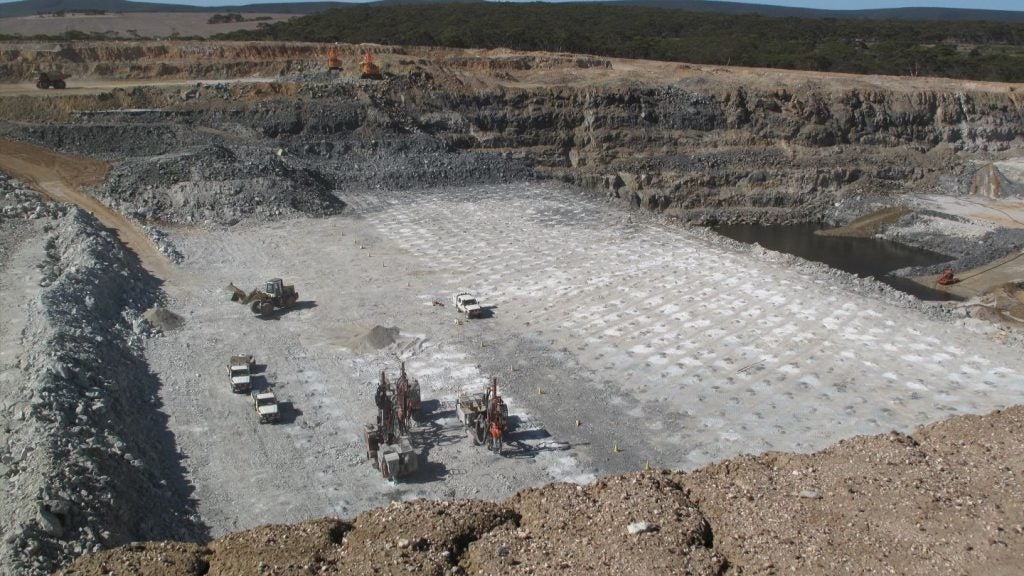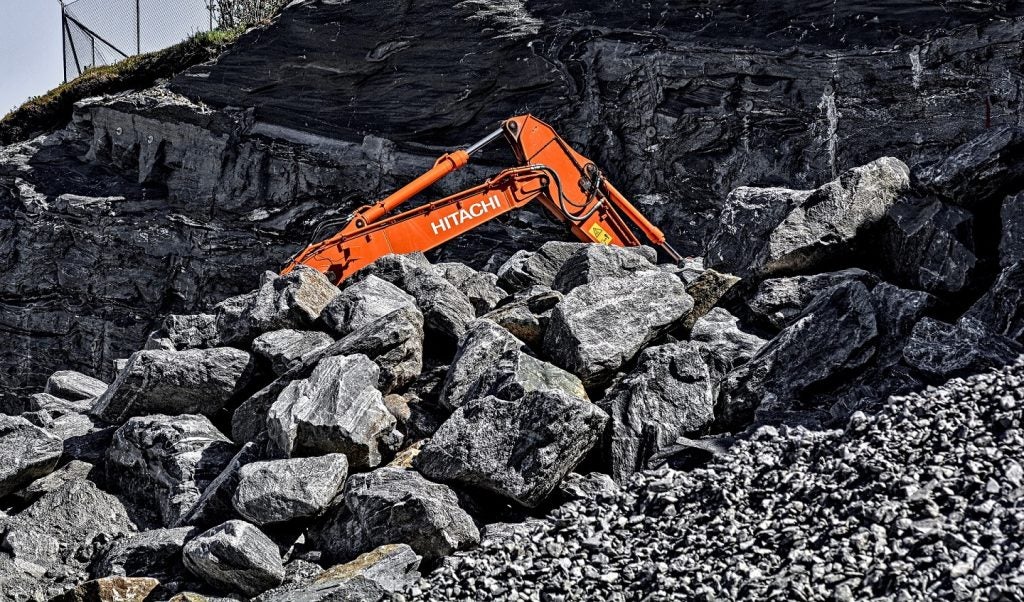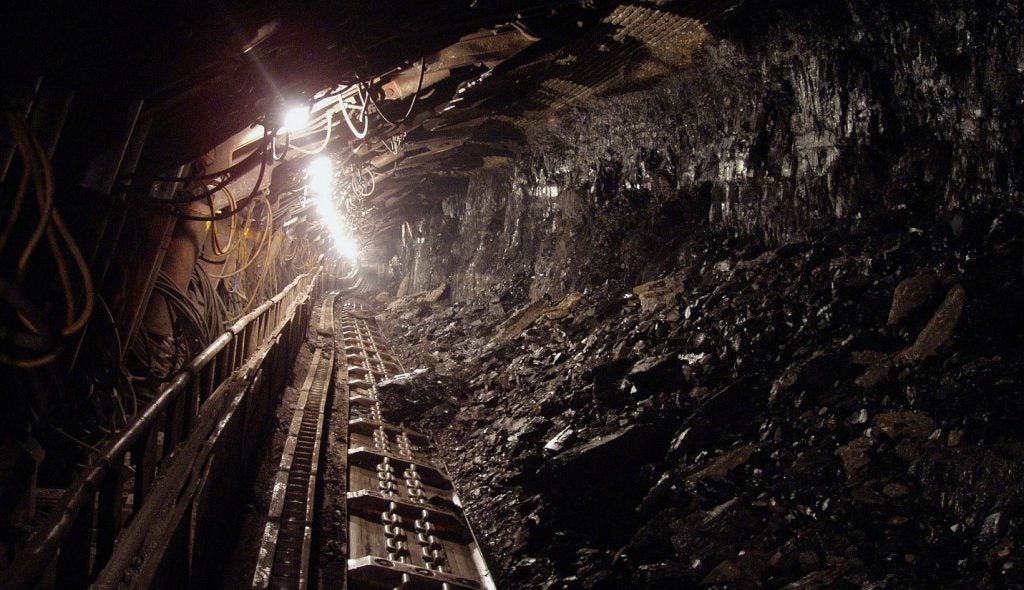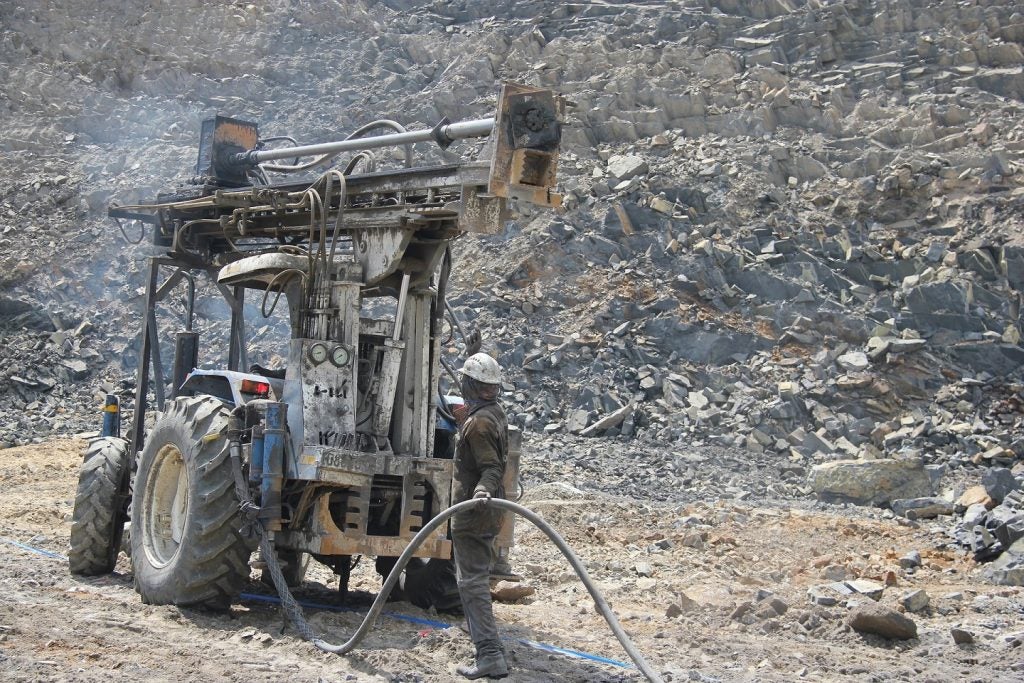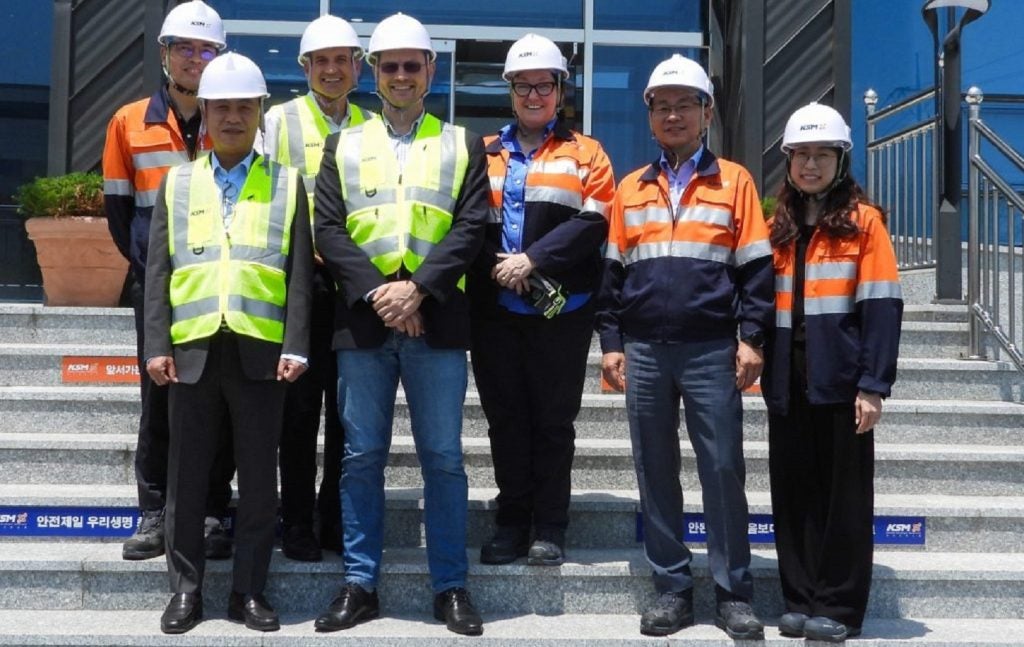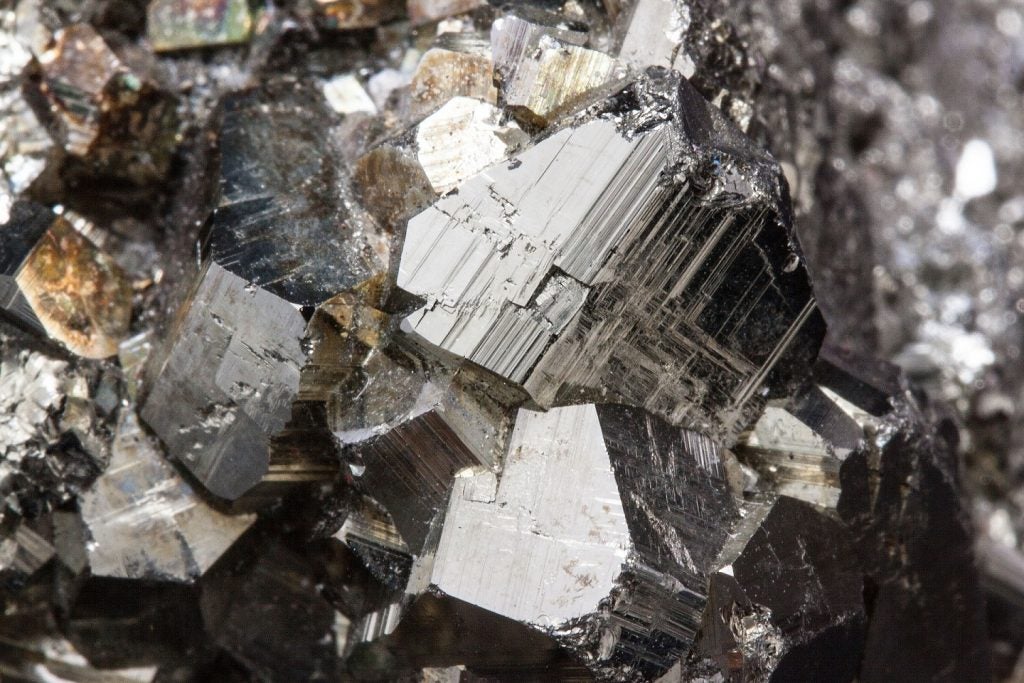ASX-listed nickel producer Widgie Nickel has secured conditional approval from Western Australia’s Department of Mines, Industry Regulation and Safety (DMIRS), to begin mining operations at its Faraday lithium deposit.
The company stated that the approval is subject to two conditions, specifically the completion of a flora survey within the disturbance envelope and the results must be provided to the DMIRS before starting any development or mining or any other construction activity.
A clearance must also be obtained under the Aboriginal Cultural Heritage Act 2021 for the lithium deposit to begin mining operations as opposed to exploration.
The company has appointed Botanica as the botanical consultant to fulfil the DMIRS’ first condition.
The native group covering the project area, the Marlinyu Ghoorlie people, and their consultant anthropologist have agreed to begin a survey this month.
Widgie Nickebl managing director Steve Norregaard said: “Widgie has met a further key project milestone for the Faraday Project and within 12 months of first stepping on the ground we now have a shovel-ready mining project.
“The Widgie team’s lithium aspirations are nearing reality. The team and its consultants have done an amazing job in getting the fast-tracked Faraday development to this point.
"Achieving the ambitious timeframe for such an important milestone demonstrates the company’s resolve and desire to realise value for shareholders.”
The Faraday lithium deposit sits within the Mt Edwards Project which is located 75km south of Kalgoorlie, Western Australia. The location is claimed to be a world-class lithium corridor, covering a strike area of more than 100km.
The whole region has three major lithium resources, notably Essential Metals’ Dome North, Lithco’s Bald Hill and Mineral Resources’ Mt Marion.


